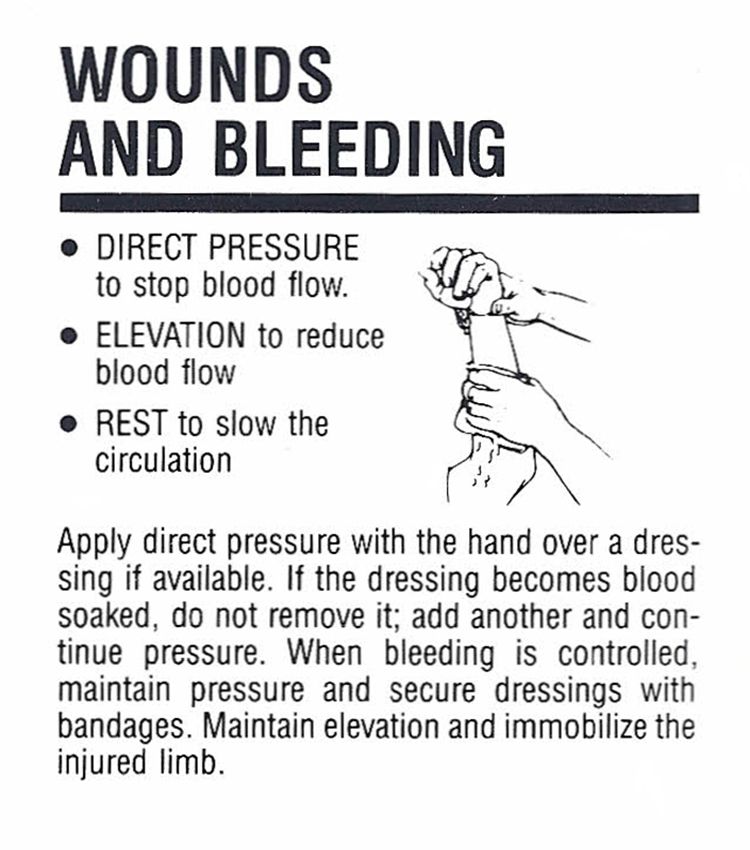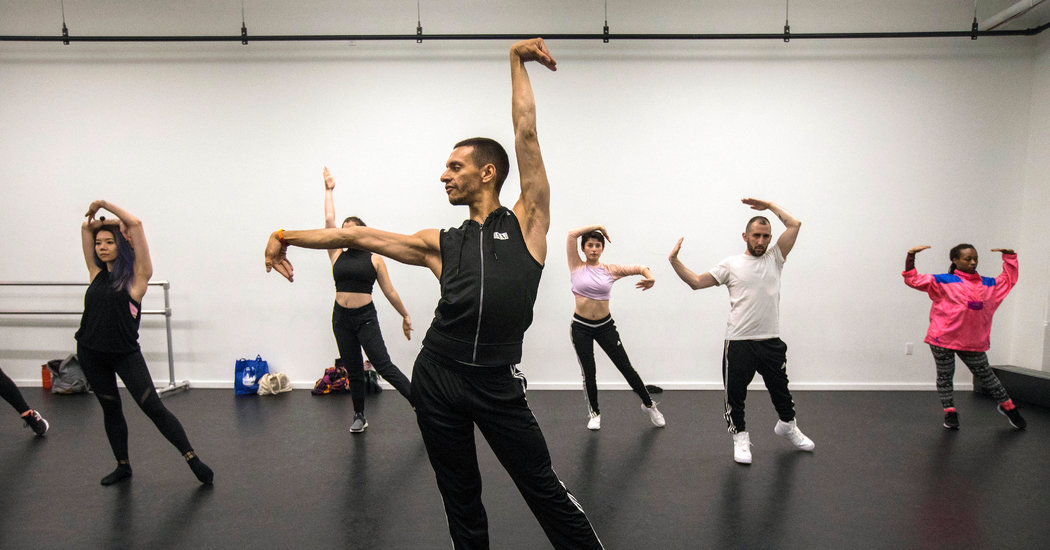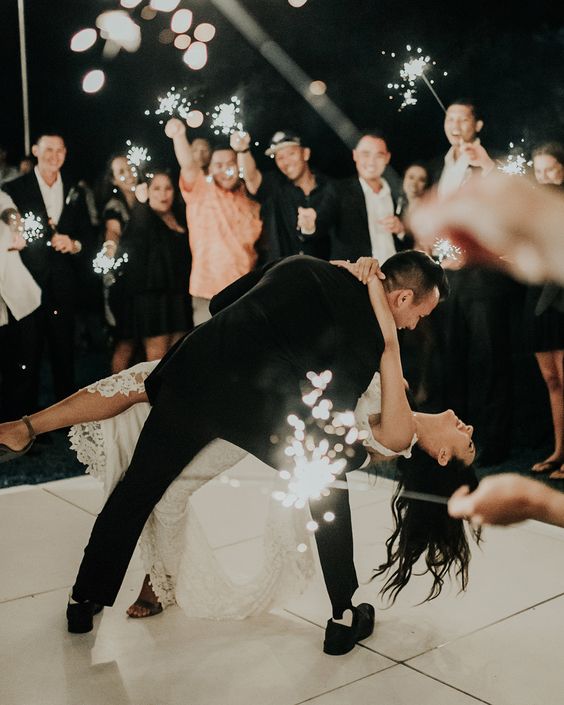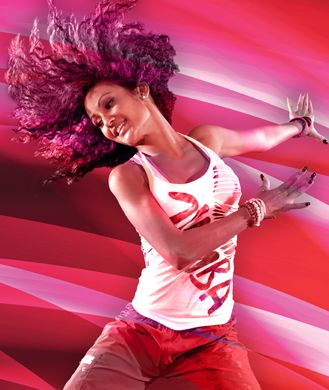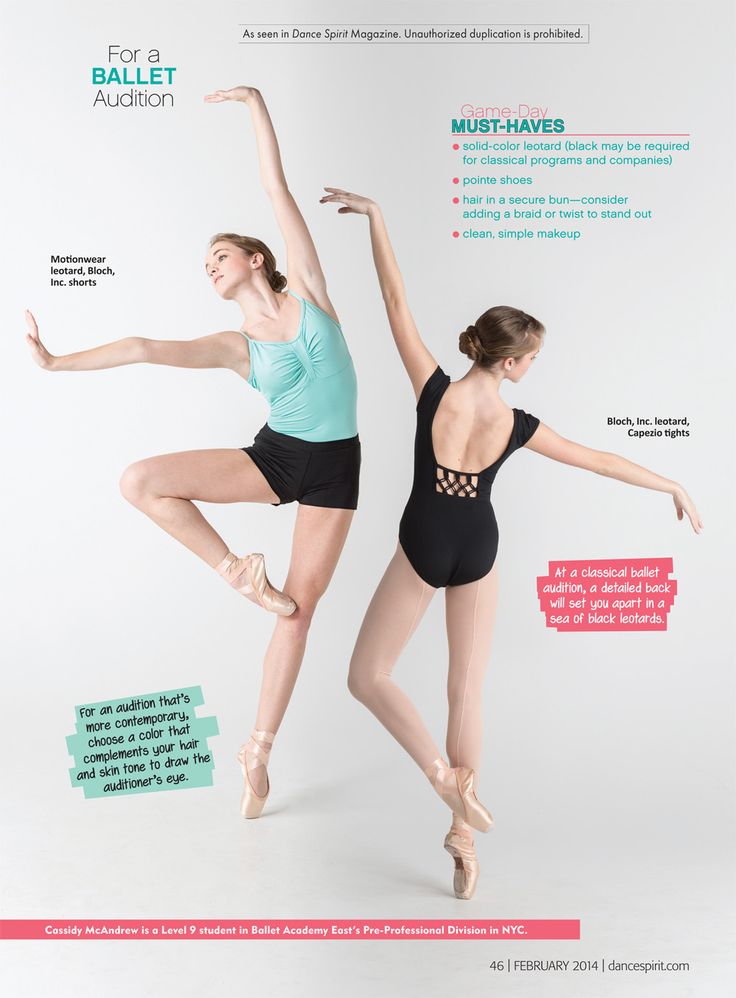How to stop sweating so much when dancing
Help! I Sweat A LOT In Dance Class!
by Nichelle Suzanne (owner/editor)
A reader writes:Dear reader, I know this can be an embarrassing situation.We all know dancers work hard and sweat. Thing is, I sweat excessively! When I dance, it starts from the very first minutes in class and then gets worse and worse!
That brings many undesired results: a) I smell bad, b) I’m sticky and watery so I guess it’s not appealing for my dance partner and I get embarrassed when he touches me, c) my leotard or unitard gets sweaty marks under the armpits, under the breasts, belly, back, waist, groin, buttocks (that means everywhere).
It’s so embarrassing! Most of my classmates do not sweat as I do. If you have any advice, ideas, solutions, article or anything else on this, I would really appreciate it!
First, understand sweating during physical activity is normal and healthy.
Heavy sweating (unless it’s accompanied by pain, trouble breathing, or underlying health problems) may actually be a sign that you are more physically fit than your non-sweating classmates. At the very least it shows you have an efficient cooling system!
Do put your mind at ease and talk with your doctor to rule out any conditions that may be causing you to sweat excessively.
Second, don’t be unnecessarily self-conscious and worried that others see you in a negative light because you sweat heavily.
I would bet no one is as put off by it as you feel they might be. You are dancing with enough energy and intensity to raise your core body temperature, and it shows! Most teachers, choreographers, and performers appreciate this in their fellow dancers.
If someone is put off by it, well, it’s really his/her problem, not yours. (I know this may feel hard to accept. But it’s true and that person really just needs to get over it.)
Don’t be afraid to use humor and make light of the issue.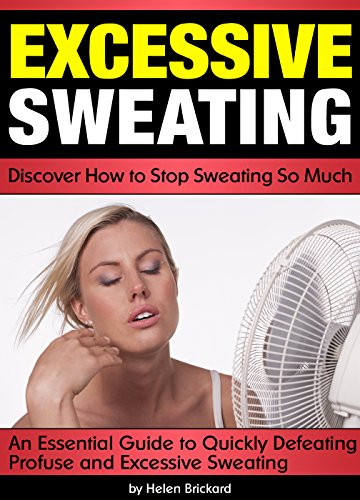 Crawling into a corner, apologizing as excessively as you sweat, or letting someone’s rude comment get to you creates tension around the issue. Tension turns small issues into big ones and others may try to break this tension with hurtful jokes or rude comments. There’s something to be said for disarming any tension by being the first to acknowledge or crack a joke about your excessive sweating. It really can put everyone at ease to know you know they know, you know?
Crawling into a corner, apologizing as excessively as you sweat, or letting someone’s rude comment get to you creates tension around the issue. Tension turns small issues into big ones and others may try to break this tension with hurtful jokes or rude comments. There’s something to be said for disarming any tension by being the first to acknowledge or crack a joke about your excessive sweating. It really can put everyone at ease to know you know they know, you know?
There are some steps you can take to cut down on wet marks, dampness, and maybe smell (which may not be as bad as you imagine). I would suggest you…
- Spend a little extra on leotards and athletic wear made with fabrics designed to whisk away sweat or even dampness. Most companies have a line of cooling dancewear. I can’t vouch for which ones work best but other readers may have suggestions.
- Stay hydrated. Drink water before and during class (they say one half to one cup for every 15-20 minutes of exercise)
- Bring a small towel with you to class and maybe some powder if you are partnering and your arms or hands are slick.

Additional tips for coping with excessive sweating (via WebMD):
- Put on a higher-strength deodorant at night and tote it in your dance bag for reapplication during the day
- Hold the spicy jalapeno, onions, or garlic which can make sweat smell worse
- Choose fabrics that are lightweight, loose-weave, or cotton when possible
- Spritz yourself with water. It may seem counterproductive but the spritz can cool you and make sweating less necessary.
- Wear darker colors rather than light ones if possible
- Wear patterned dance tops (this may not work for all classes/dance forms) as opposed to solid colors. Sweat marks show up less on patterns.
Others have suggested sage as an herbal solution for excessive sweating. The scientific evidence that sage teas or supplements will help with excessive sweating during exercise isn’t conclusive but it may be worth investigating.
What tips or recommendations can you offer our reader or others like her?
Kindly follow, like or share:
Nichelle Suzanne (owner/editor)
Nichelle Suzanne is a writer specializing in dance and online content. She is also a dance instructor with over 20 years experience teaching in dance studios, community programs, and colleges. She began Dance Advantage in 2008, equipped with a passion for movement education and an intuitive sense that a blog could bring dancers together. As a Houston-based dance writer, Nichelle covers dance performance for Dance Source Houston, Arts+Culture Texas, and other publications. She is a leader in social media within the dance community and has presented on blogging for dance organizations, including Dance/USA. Nichelle provides web consulting and writing services for dancers, dance schools and studios, and those beyond the dance world. Read Nichelle’s posts.
danceadvantage.net
Filed Under: Blog, Dancing, Featured, Health, Wellness & The Dancer's Body Tagged With: confidence, cooling dance wear, cooling fabrics, embarrassing, excessive sweating, heavy sweating, herbal solutions, humidity, i sweat too much, leotards, partnering, sage supplements, sage tea, self-conscious about sweating, self-esteem, shows less sweat, slippery sweat, sweat in dance class, sweat marks, sweat more than others, sweating during exercise, sweaty while dancing, tips and recommendations, tips to cope, when to apply deodorant, whisk away moisture
How To Stop Sweating On A Dance Floor
Perfect hair, perfect make up, smooth tan and a perfect outfit. Now pray it won’t be too hot so you don’t start sweating! Did you ever worry not to dance too much so that you don’t destroy your look? This article will give you some ideas on how to deal with sweating at a competition or one of your social dance evenings.
Advertisement[pro_ad_display_adzone]
You watch top professional and they look perfect from start to finish. They somehow don’t seem to sweat. Well, every dancer sweats but some more than others. In general perspiration is a good thing because it helps to cool down our bodies but we all wish we didn’t sweat at all, right?
They somehow don’t seem to sweat. Well, every dancer sweats but some more than others. In general perspiration is a good thing because it helps to cool down our bodies but we all wish we didn’t sweat at all, right?
It is individual how much everyone sweats and I am one who in fact sweats a lot when dancing. Throughout my dancing, it has always been a nightmare but I discovered different ways to deal with it. Here they are:
1. Face Creams
Use light, water-based creams on your face. They form a layer on your skin allowing it to “breathe” more. Here is a list of some moisturizers you may want to try.
2. Cooling down your feet
In between rounds start cooling off your feet first. Take your shoes and socks off and find a cold non-carpeted floor to rest your feet on. You may notice that when your feet are cold, the rest of the body will cool down faster too. Just make sure you have enough time to do it 🙂
When you buy socks, always get those that are made from 100% natural fibres. It makes a small difference but every little helps.
It makes a small difference but every little helps.
3. Antiperspirant vs. Deodorant
Use antiperspirants instead of deodorants. Did you know there is a difference? Well, deodorants only mask the smell but nothing else. Antiperspirants on the other hand are supposed to reduce how much you sweat (these with aluminium chloride do).
4. Change Your Shirts Frequently
Bring a spare shirt with you to a social event. When you feel your top is getting too sticky, go and change it. You will feel fresh again.
5. Stamina Practice
If you feel you start sweating straight after you started to dance, then maybe your body also needs more practice. In preparation for competitions make sure you get your stamina up to scratch and practice your “finals” full out. This way your body will get used to the hard work. Check out the article I wrote on type of finals you can practice.
6. Medicated Antiperspirant
There is one product which is widely used for the treatment of excessive sweating on feet, palms and underarms. It literally stops you from sweating wherever you apply it. The product contains Aluminium Chloride Hexahydrate at variable strengths (usually 20%) (Anhydrol Forte, Odaban or Driclor). I already recommended it to many dancers and it literally changed their lives. “Imagine no more sweaty stains under your arms and destroying expensive dresses or shirts with other antiperspirants and no more sweaty palms” However, before you use it, read patient information leaflet.
It literally stops you from sweating wherever you apply it. The product contains Aluminium Chloride Hexahydrate at variable strengths (usually 20%) (Anhydrol Forte, Odaban or Driclor). I already recommended it to many dancers and it literally changed their lives. “Imagine no more sweaty stains under your arms and destroying expensive dresses or shirts with other antiperspirants and no more sweaty palms” However, before you use it, read patient information leaflet.
Ballroom dancing can be a highly energy demanding activity so you are just bound to sweat. You and your dance partner should understand it and never make fun of it. However, most importantly – NEVER dance less because you are worried you sweat too much!
If you liked this post, please share it on Facebook or Twitter because there are many dancers who are very self-conscious when it comes to sweating.
Author: Marcin Raczynski
Photography: Maggiore Fotografico
Exclusively for Dance Comp Review
Sweat during sports and exercise
Causes of excessive sweating
Exercise and other physical activities increase our body temperature. To normalize body temperature, the body sweats. To think that sweat, evaporating from the surface of the skin, releases heat is wrong - it is not! On the contrary, evaporation is a process that requires energy, so heat is removed from the body, cooling the body.
To normalize body temperature, the body sweats. To think that sweat, evaporating from the surface of the skin, releases heat is wrong - it is not! On the contrary, evaporation is a process that requires energy, so heat is removed from the body, cooling the body.
Some people sweat more than others when exercising and playing sports, while not everyone even has traces of sweat on their clothes. During very intense workouts, you can sweat ten times more than usual, while producing up to 10 liters of sweat per day. This is a large volume of fluid, so it's really important when exercising - drink plenty of water during training - to avoid dehydration.
Causes of profuse sweating
Contrary to popular belief, profuse sweating during exercise does not affect weight loss and does not provide any benefit - it does not increase the benefits of fitness. More sweat does not mean more calories are burned. It only means that the body sweats more to cool the body in order to avoid overheating.
How to reduce sweating during and after exercise?
Stay fresh and dry by showering after workouts. Dry your body thoroughly with a towel after showering to prevent the growth of bacteria that cause body odor.
Try the first motionsense smart antiperspirants. Rexona Motionsense* Antiperspirants - our patented unique technology to eliminate the causes of excessive sweating - to effectively control excessive sweating, enhanced with specially designed freshness microcapsules. Micro-capsules of freshness open with every movement, keeping you feeling fresh from morning to evening. The friction of the body against the skin of the armpits causes the shells of the capsules to break down and release new charges of freshness. So the more you move, the more Rexona with Motionsense protects you from odor and sweat.
If you're worried about wet sweat marks on your clothes or think you're sweating a lot during or after your workout, try Rexona Clinical Protection for men or women. 3X more protection than base antiperspirant**. The unique Defense+ technology forms a microfilm on the surface of the skin, providing 96 hours of continuous protection against sweat and odor.
3X more protection than base antiperspirant**. The unique Defense+ technology forms a microfilm on the surface of the skin, providing 96 hours of continuous protection against sweat and odor.
Clinical protection / Defense + (clinical protection / Defense +) - protection against excessive sweating. Motionsense - Motionsense.
*Rexona Motionsense reacts (microcapsules open) to your every movement - every movement accompanied by hand rubbing against the body in the armpit area;
**3 times more effective than base antiperspirant spray among Unilever products at protecting against sweat, 96h room tested Unilever R&D, United Kingdom, 2018. Clinical Protection - protection against excessive sweating.
You may also be interested in
( 78 items )
Preloader
How to regulate perspiration during exercise | Health
Someone sweats while exercising. And someone does not shed even a drop, remaining dry and tidy.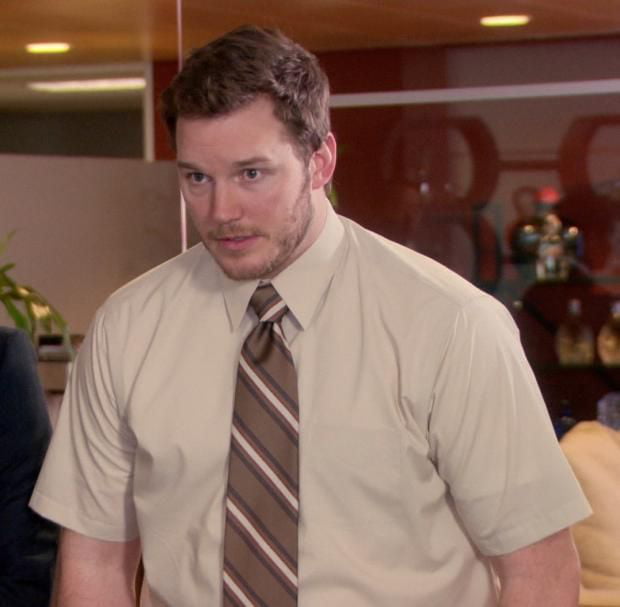 One could, of course, complain about the universal injustice, but it is better to understand the issue in order to feel as comfortable as possible during training
One could, of course, complain about the universal injustice, but it is better to understand the issue in order to feel as comfortable as possible during training
To begin with, let us recall that sweating is a natural process. Sweat helps the body cool down quickly when overheated, maintains the water-salt balance and is slightly involved in the elimination of toxins.
Sweating during exercise, when the body is warm, is absolutely normal, and in any amount. “The amount of sweat released depends on various factors: individual characteristics, gender, age, region of residence, even food preferences,” says Yaroslav Isaev, World Class fitness testing specialist Lodochnaya. “Everyone tolerates stress in their own way, from muscle pain after strength training to the amount of water released. Two, at first glance, similar people in terms of parameters may have different rates of sweating.
Another factor is your fitness level. The longer you play sports, the better the body adapts to the load, which means that it heats up less in the process and produces less sweat.
It's worth sounding the alarm if you sweat profusely all the time, even during quiet periods. We can talk about such a thing as hyperhidrosis - increased sweating, most often, in almost all areas where the sweat glands are located. In this case, it is worth getting tested.
Here's what to do so that sweat doesn't distract you from your workout.
- A win-win advice for all occasions is to improve your drinking regime and diet. “People with excessive sweating are advised to drink water 40-60 minutes before cardio or intense training, before strength training - an hour and a half. During the lesson, you can drink a glass every 20-30 minutes, ”says Yaroslav Isaev. Plus, it is worth limiting the use of foods and drinks that activate the sweat glands. This, for example, any spicy and spicy food, strong coffee.
- Keep an eye on the humidity and temperature in the area where you are exercising. If it's hot, you sweat more. Very humid - sweat does not evaporate from the skin and flows through it in streams.

- Work out in sweat-wicking materials that wick sweat away from your skin to reduce discomfort. And in order for clothes to retain these properties longer, do not do with it what the label does not allow.
- Use an antiperspirant before training. There are millions of glands in our body. Sweat will find its way out, while the armpits will be protected.
If everything is clear with the first points, then the last, as a rule, raises many questions. Navigating the antiperspirant market is not easy, but it is possible - by trial and error, for example, or by focusing on market leaders. The well-known Rexona is a vivid example of this.
Did you know that the first soap (and it all started with soap) was created by a talented doctor and part-time wife of a successful pharmacist Samuel Fuller Schaeffer, Alice, who decided to make personal care products with a pleasant aroma and effective ingredients. She succeeded, and in 1908 it quickly became popular. Nearly 20 years after its inception, Rexona was taken over by cosmetics giant Unilever. In the 60s of the last century, the company successfully declared itself on the market, and in the 90s it began to support top-ranked athletes, consolidating its success. In Russia, the brand came at 1996 and also became very popular.
Nearly 20 years after its inception, Rexona was taken over by cosmetics giant Unilever. In the 60s of the last century, the company successfully declared itself on the market, and in the 90s it began to support top-ranked athletes, consolidating its success. In Russia, the brand came at 1996 and also became very popular.
Why did we choose this particular brand? Because he, as the leader **** of the industry, is actively expanding the range of products that even take into account physiological characteristics and specific environmental conditions. Some of them seemed to us especially interesting.
The first is a line of antiperspirants for teenagers. It takes into account the physiological characteristics of the body at a transitional age (13-17 years) - the hormonal background changes, so there is profuse sweating. And the more alkaline pH of sweat than adults can make underarm skin sensitive and prone to irritation. Therefore, the formula does not contain alcohol and parabens, but there is vitamin E*, which, as you know, promotes hydration and recovery.
The second is a line for active lifestyle enthusiasts, athletes and those who need extra protection - Rexona Clinical Protection. It provides 3 times more protection than a basic antiperspirant**. That's because the new Defense+ technology that's included is the first truly effective anti-sweat ingredient in over 30 years**. Chemists managed to reduce and stabilize the particle size of the active substance, due to which a stable microfilm is formed on the surface of the skin, providing 96 hours of continuous sweat and odor protection. By the way, to achieve the optimal effect, the company recommends applying the product before bedtime, the skin is most susceptible to the action of the formula. Sweat inside, dry outside.
The third is the Rexona Thermal protection series, which was developed specifically for Russia, taking into account the climatic features of our region. Who, if not us, should know that in winter a person sweats no less than in summer. Rexona Thermal protection will keep protection even in conditions of temperature difference (from cold to heat and vice versa). Temperature fluctuations are just the perfect conditions for Motionsense technology, which prevents the odor of sweat and releases a pleasant aroma by opening capsules of freshness when moving.
Temperature fluctuations are just the perfect conditions for Motionsense technology, which prevents the odor of sweat and releases a pleasant aroma by opening capsules of freshness when moving.
The fourth is the Antibacterial Fresh line of antiperspirants, which includes micro-oils that have antibacterial properties. As you remember, sweat is odorless and colorless, the source of unpleasant odors is a consequence of the vital activity of bacteria. The use of products in this series reduces the number of Corynebacterium and Staphylococcus bacteria by 90%. *** By the way, this formula also preserves the microflora and protects the delicate skin of the armpits. The action of the antiperspirant lasts 48 hours.
Which specific antiperspirant to choose is up to you. The main thing is to use the tool that suits you best. Feeling comfortable in training and in life is the most important thing.
Clinical protection / Defense + (clinical protection / Defense +) - protection against excessive sweating.